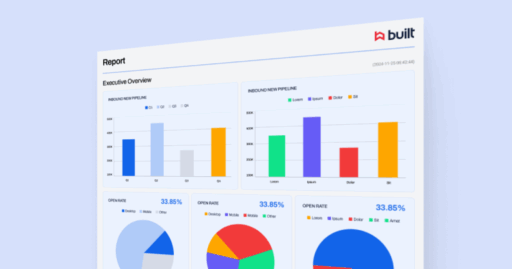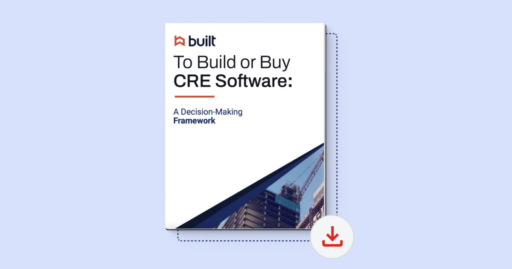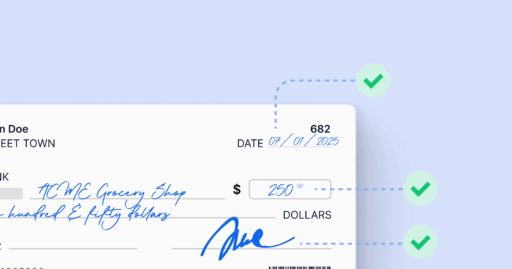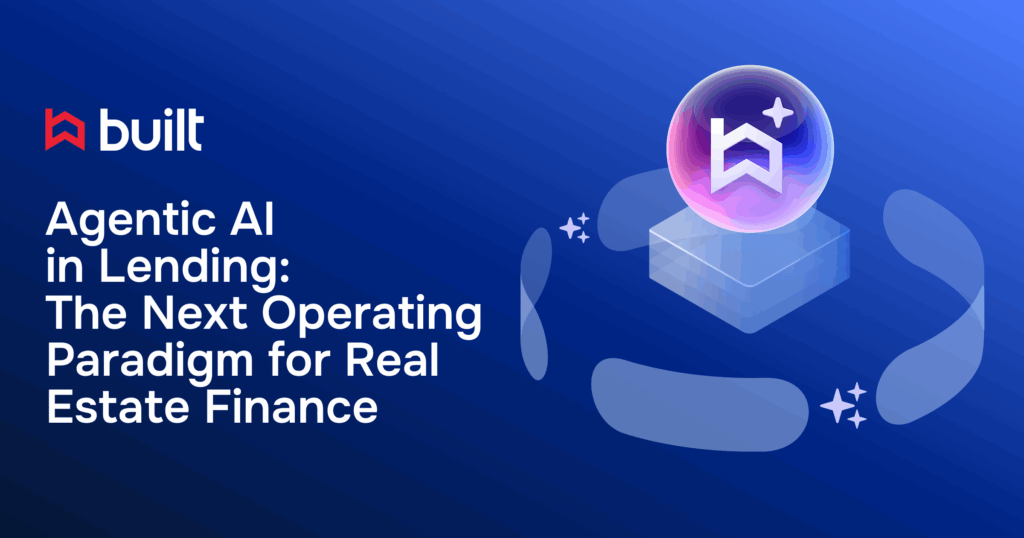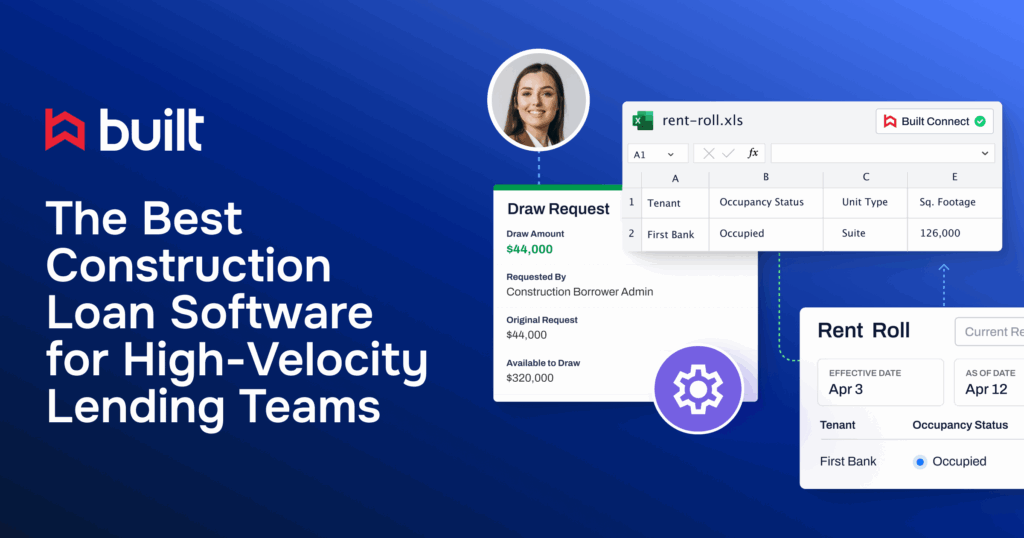
Building a Framework for a Lasting Partnership

Once you’ve signed a contract with a technology provider, the real work begins. Our Implementations team is dedicated to ensuring that each of our clients is set up for success from day one. Built’s Director of Implementations Stephanie Rolewicz brings over 20 years of experience in the financial services space not only to provide our users with the tools they need to build efficiency day-to-day, but also the framework for a lasting partnership.
- Let’s start with your background. Can you share about your previous role and how that led you to Built?
The majority of my career has been focused on transforming businesses by leveraging technology within Financial Institutions. Some have been home grown platforms and some have been vendor/partner supported. I’ve always been fascinated by the way technology companies run and how their focus is on delivering technology and ensuring their clients are becoming more efficient. When I was first introduced to Built, I was immediately impressed with the technology itself, and how Built is focused on a very specific area of the Lending process that historically has been very manual. Once I met the Built Leadership team, I knew this was the company for me. I wanted to be a part of an environment where I could not only see change happen, but influence that change. There is a perpetual energy focused on growth and that translates to our customers. - What do you think is the single most important thing a Financial Institution should consider when seeking a technology solution?
The answer to this question is two-fold. First, what problems are you trying to solve? To answer this question, evaluate what you already have in place and where there are gaps, and how you want a future state to look—those are fundamental pieces when considering bringing on a new tool or solution. Think of people, process and technology as a three-legged stool. If one of those legs is not functioning optimally, the stool will lean—and balance is key. The second, make sure the solution you’re selecting offers a true partnership. When a financial institution purchases software it is usually a multi-year contract, which means this partner is there for the long run. Approaching the relationship as a partnership puts both the financial institution and technology partner on the same playing field and has them both mutually invested. If both companies look at this as a partnership rather than a transaction, it makes the entire process and relationship much easier. - Why does having a relationship with your technology provider matter?
A partnership brings out the human side of how we should be interacting with each other. It’s not just a financial transaction—there’s more to it. Having a relationship with your technology provider means you can celebrate the wins together and work through the challenges as a team. - What does that look like on a day-to-day basis from an Implementation perspective?
The very first step is understanding our clients’ challenges. As we establish a relationship with the client, it’s crucial that we build the confidence and trust that we are going to tackle those challenges together. We’re going to figure out what your target-state workflows should be or what the data required for reporting is to really make sure that it meets the needs of each individual partner. It doesn’t matter how long the implementation period becomes—once there’s that level of engagement and commitment there’s trust and that’s what builds a partnership. It’s that engagement that makes technology more human. - What’s a good next step for those moving in to the implementation phase of that process?
From my perspective, identifying a “change champion” is key to the success of a technology implementation. Any time you bring in new technology it is change, and change is hard. At an executive level the change is known, but the impact is low from a day to day perspective. At the operations level, the impact can be significant as their day to day functions are changing. A change champion is someone internally that will articulate what is needed for the users, but also help the users adopt the new system and new process. They are an advocate for the users and the new system. - What does partnership look like within your role?
Our job in implementations is execution. In order for us to execute, we have to listen first. To me, that’s the biggest component of a partnership: listening. We are experts in our space but we don’t know every single nuance. We want to hear and understand the challenges our customers face. Oftentimes, their challenges aren’t with the technology but with the change that comes along with it. And that’s why listening is important.
Technology doesn’t replace a process, it facilitates a process. Built is coming in to bring transparency, visibility, and make sure that money is moving faster. We’re freeing up resources, bandwidth, and capacity. That new capacity can be a shift, but it’s one we work on alongside our customers to confirm that the solution is going to be one that actually solves the challenges they face. - What would you share with someone who is considering Built?
Built is not competing with loan origination or servicing systems. We are set up to complement those systems, whether they’re old and archaic or new and shiny. The construction aspect of the business has never received the attention and focus it deserves—until now. Built brings transparency and visibility to this seemingly small component of a lender’s business to address risk concerns and solve the problem of getting money out the door faster. It’s exciting to be part of a company that has a solution and continues to improve the solution with the help of our clients.
As you carefully select a technology solution to streamline your day-to-day, keep partnerships in mind. Creating a solid connection through the use of technology to build better processes and workflows all while building efficiency will benefit everyone involved in the process. Built is dedicated to fostering relationships with our clients in order to build a product that improves construction finance.
